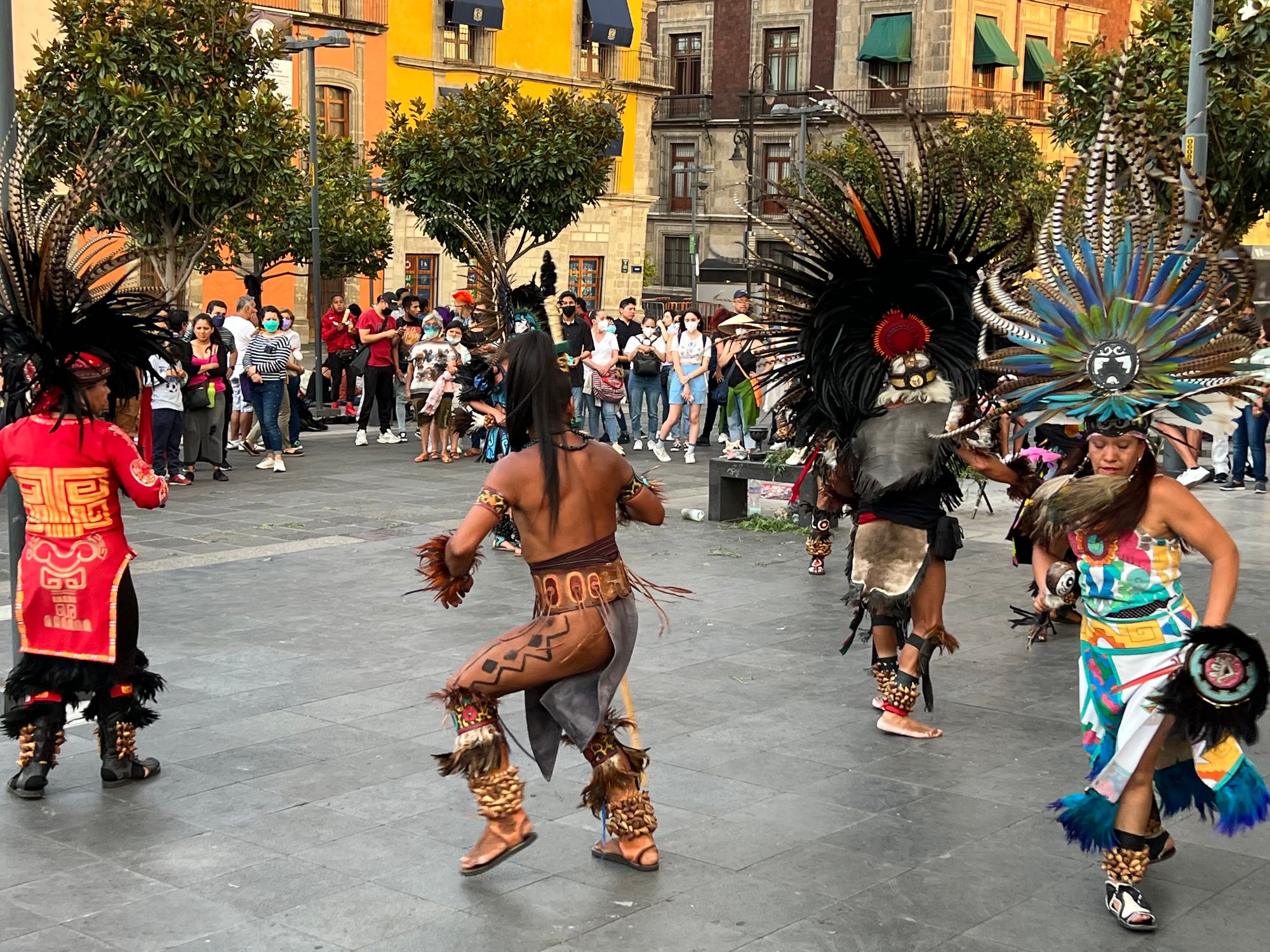Aztec Street Dancers of Mexico City: A Cultural and Spiritual Journey
The vibrant city of Mexico City, known for its rich cultural history and bustling streets, is home to a unique and captivating phenomenon: the Aztec street dancers. Particularly concentrated around Plaza Manuel Camio and the Metropolitan Cathedral, these performers embody the spirit and resilience of Mexico's indigenous roots.

The vibrant city of Mexico City, known for its rich cultural history and bustling streets, is home to a unique and captivating phenomenon: the Aztec street dancers. Particularly concentrated around Plaza Manuel Camio and the Metropolitan Cathedral, these performers embody the spirit and resilience of Mexico's indigenous roots.
Historical Background of Aztec Culture and Dance
The Aztecs, a Mesoamerican civilization that dominated Central Mexico from the 14th to the 16th century, were known for their elaborate religious ceremonies, which often included dancing. These dances were a way for the Aztecs to connect with their gods and ancestors, expressing their gratitude and seeking guidance. Today, the Aztec street dancers of Mexico City continue to uphold these traditions, preserving their cultural heritage and educating the public about the fascinating world of Aztec spirituality.
The Role of Dance in Aztec Culture
Aztec dances were an essential part of many religious and social ceremonies, allowing individuals to express their emotions, desires, and gratitude. These dances were often accompanied by musical instruments such as drums, flutes, and rattles. The performers wore elaborate costumes adorned with feathers, shells, and other symbolic elements, embodying the spirit and essence of the gods and natural elements they were honoring.
The Aztec Street Dancers of Mexico City
The Aztec street dancers in Mexico City are a testament to the enduring legacy of the Aztec people. By performing traditional dances, they pay homage to their ancestors, celebrate their cultural identity, and connect with the spiritual world. These talented performers can be found in various locations throughout the city, but they are particularly concentrated around the Plaza Manuel Camio and the Metropolitan Cathedral.
Shamanic Cleansing Rituals
One of the most fascinating aspects of the Aztec street dancers' performances is the shamanic cleansing rituals they conduct. In these rituals, shamans use fragrant smoke from smoldering herbs, such as copal or sage, to cleanse the aura of an individual. This practice, known as "limpia," is believed to remove negative energy and promote healing, harmony, and balance.
The Impact of Aztec Street Dancers on Contemporary Mexican Culture
The Aztec street dancers contribute significantly to the cultural landscape of Mexico City. Their performances not only provide entertainment and education for tourists and locals but also serve as a powerful reminder of Mexico's rich indigenous history. By keeping these ancient traditions alive, the Aztec street dancers play a vital role in preserving and promoting Mexican cultural heritage.
The Aztec street dancers of Mexico City offer a captivating glimpse into the rich cultural history of Mexico and the enduring spirit of its indigenous people. As they perform their traditional dances and shamanic cleansing rituals in the bustling streets of Plaza Manuel Camio and the Metropolitan Cathedral, they remind us of the power of art and spirituality to transcend time and connect us to our ancestors. The Aztec street dancers are not only a testament to the resilience and vibrancy of Mexico's indigenous roots but also a vibrant thread in the tapestry of contemporary Mexican culture.




